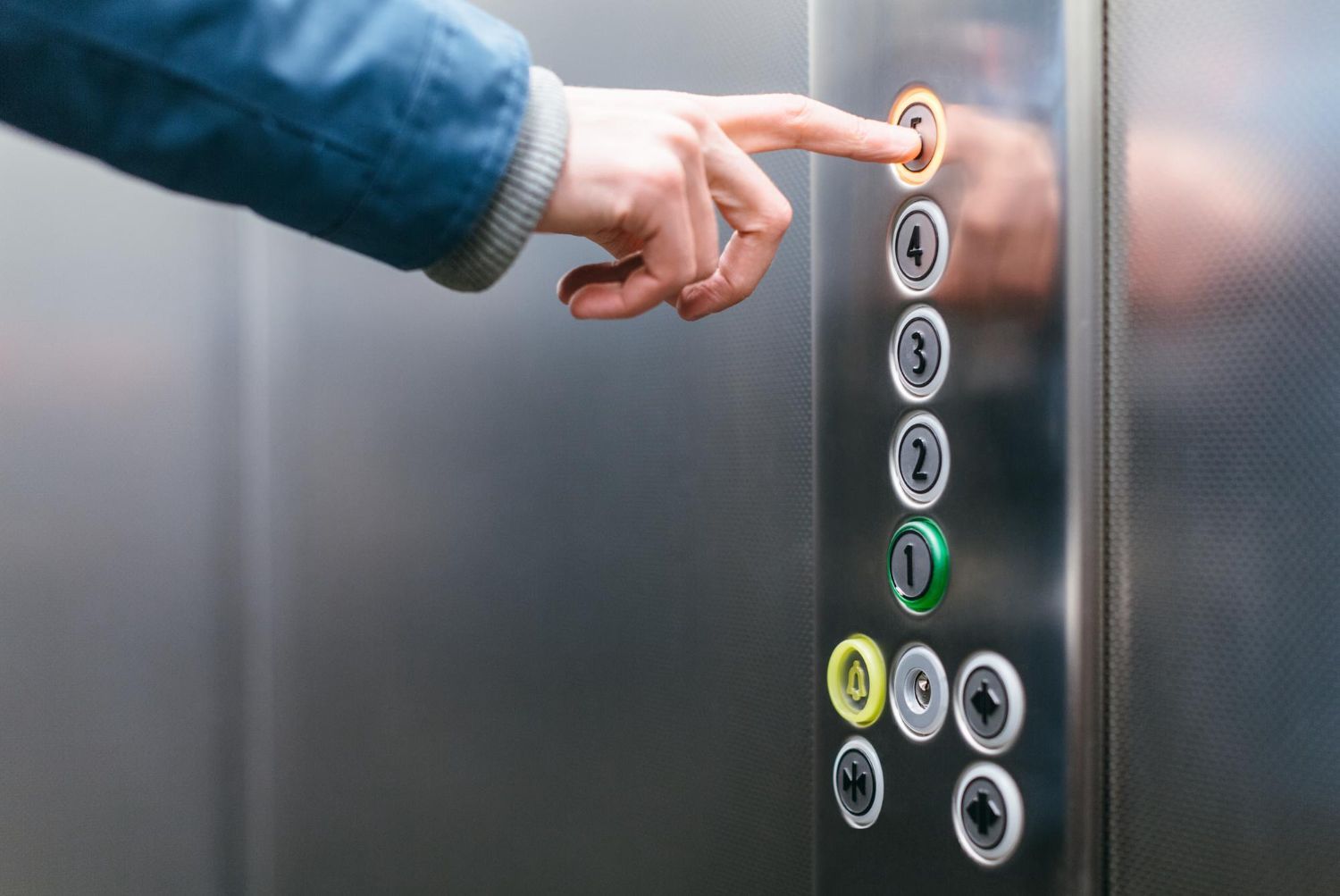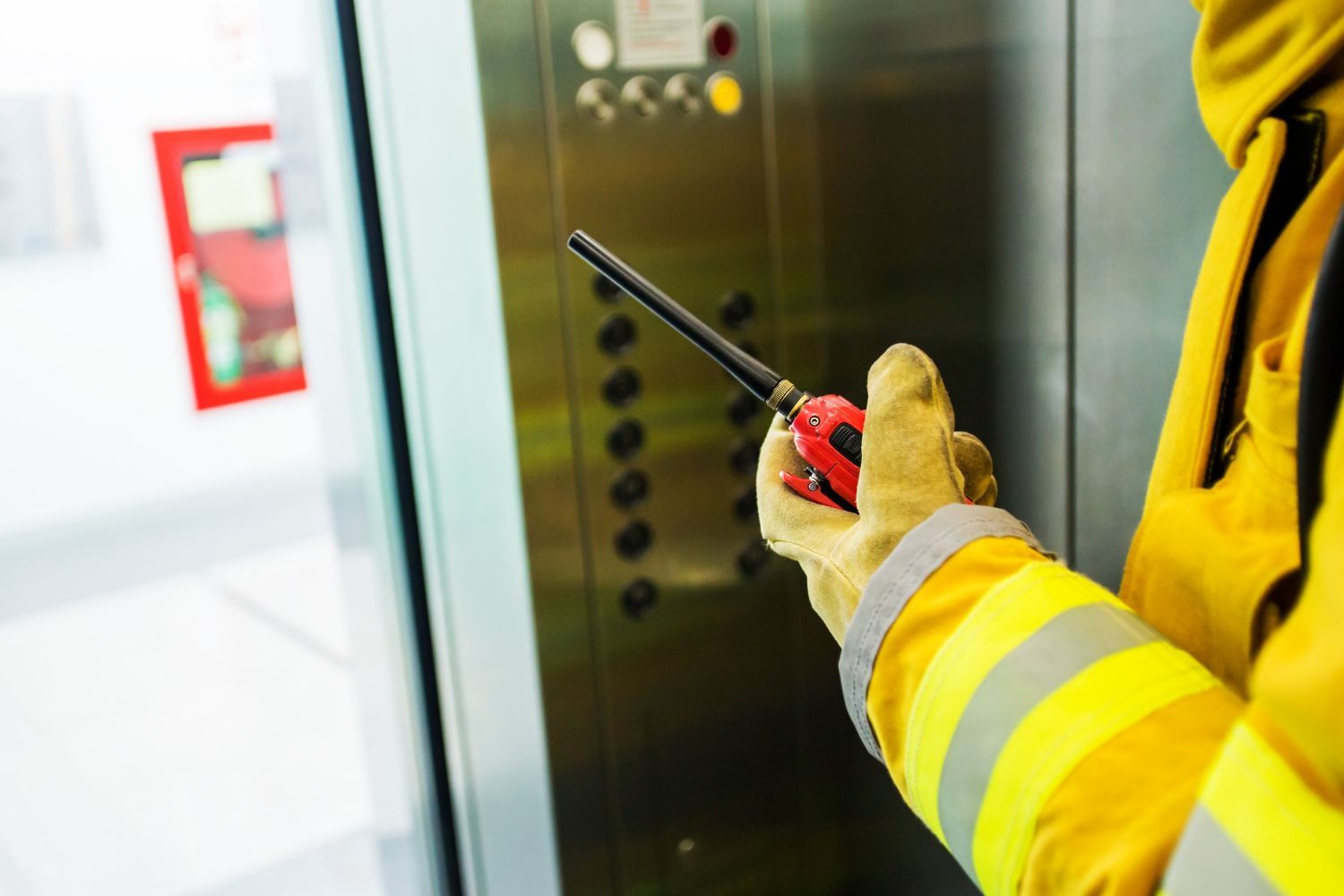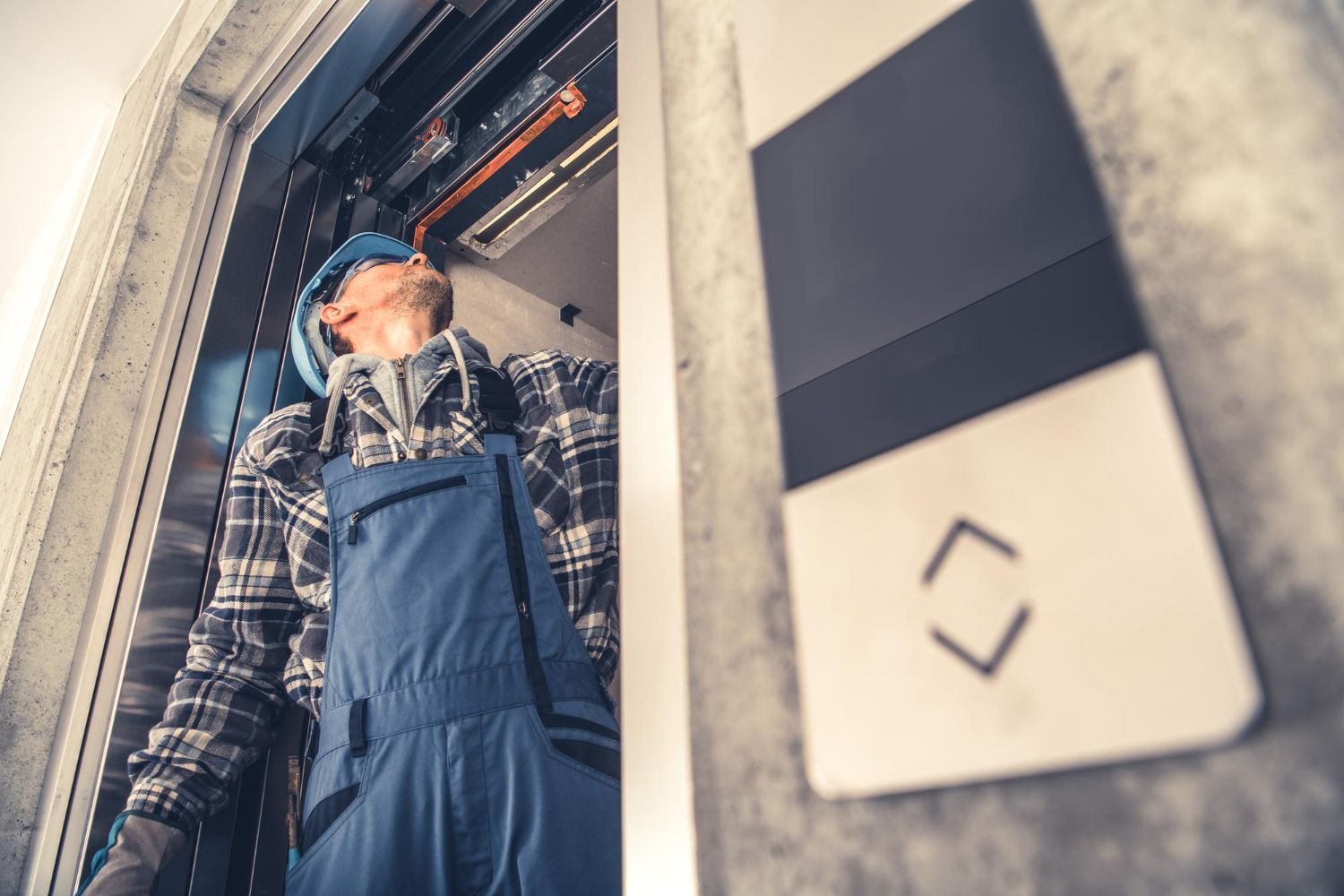What to Expect During an Elevator Repair Service
Experiencing an elevator breakdown can be frustrating, especially when daily routines are disrupted. Understanding what happens during an elevator repair service can help ease the anxiety and provide clarity on what to expect. Having a clear idea of the repair process ensures that building managers and tenants remain informed and safe throughout the procedure.
Elevator systems are complex and require specialized knowledge to diagnose and repair. From the moment a technician arrives, each step of the process is designed to identify and fix issues efficiently and safely. This includes an initial diagnostic assessment, implementing safety measures, conducting the actual repairs, and performing post-repair testing to ensure everything is working correctly.
By familiarizing yourself with the common steps involved in an elevator repair service, you can better appreciate the expertise and effort required to keep these essential systems running smoothly. This not only helps in managing expectations but also emphasizes the importance of regular maintenance to prevent potential issues. Let's dive into what you can expect during an elevator repair service.
Initial Diagnostic Assessment
The first step in an elevator repair service is the initial diagnostic assessment. When technicians arrive, they gather information about the issue from building staff or anyone who reported the problem. This helps us understand the symptoms and potential causes of the malfunction. We examine the elevator's performance records and any error codes that might give clues about the problem.
Next, we perform a thorough inspection to identify the root cause of the issue. This involves checking key components such as the motor, control system, and safety mechanisms. We use diagnostic tools to test various parts of the elevator, ensuring we don't overlook any potential problems. Once we've pinpointed the issue, we can then outline an effective repair plan. An accurate diagnosis is crucial because it helps us fix the problem correctly the first time, minimizing downtime and ensuring safety.
Safety Precautions and Preparations
Safety is paramount during any elevator repair service. Before beginning any repair work, we take specific safety precautions to protect both the technicians and building occupants. We start by securing the elevator to prevent accidental movement. This involves locking out the elevator car and placing warning signs to inform people that the elevator is out of service.
We also conduct a risk assessment to identify any potential hazards. If necessary, we will shut off the power to the elevator to eliminate electrical risks. Our technicians wear appropriate personal protective equipment (PPE), such as gloves and safety goggles, to protect themselves while working. Additionally, we set up barriers or caution tape around the work area to keep unauthorized personnel away. These safety measures are essential to ensure that the repair process proceeds without incident and that everyone remains safe throughout the service.
Repair Process and Techniques
Once we have diagnosed the issue and ensured all safety precautions are in place, we proceed with the repair process. The techniques we use depend on the nature of the problem. For mechanical issues, we may need to replace worn-out parts such as cables, pulleys, or motors. We use high-quality components to ensure durability and reliability.
For electrical or control system problems, our technicians test and replace faulty circuit boards, sensors, or wiring. Precision is crucial in this step to avoid further issues. We also recalibrate the control system to ensure that the elevator operates smoothly. Throughout the repair, we follow manufacturer guidelines and industry standards to maintain the elevator’s integrity and performance. Our goal is to address the root cause of the issue efficiently, restoring the elevator to optimal working condition as quickly as possible.
Post-Repair Testing and Maintenance Tips
After completing the repairs, we conduct comprehensive testing to ensure everything works correctly. This involves running the elevator through multiple cycles, checking for smooth operation, and verifying that all safety features are functional. We test the elevator’s speed, stopping accuracy, and door operation to confirm that the problem has been resolved.
We also provide maintenance tips to building managers to help prevent future issues. Regular inspections and timely maintenance are essential to keep the elevator in good working condition. We recommend scheduling routine checks to identify and address wear and tear early. Keeping the elevator clean, monitoring its performance, and reporting any unusual behavior can significantly extend its lifespan. These proactive measures ensure that the elevator remains reliable and safe for all users.
Conclusion
Understanding what to expect during an elevator repair service can make the experience less daunting and more manageable. From the initial diagnostic assessment to post-repair testing, each step is crucial in ensuring the elevator functions safely and efficiently. Knowing that trained professionals are taking care of the problem provides peace of mind to both building managers and tenants. Regular maintenance and timely repairs prevent minor issues from becoming major disruptions, ensuring a smooth and safe ride for everyone.
At Elevator Solutions Inc., we pride ourselves on delivering expert
elevator repair and maintenance services. Our skilled technicians are dedicated to keeping your elevator systems in top condition. If you need elevator repair or have any questions about your elevator system, contact Elevator Solutions Inc. today. Let us help ensure the safety and reliability of your elevator, providing you with confidence and peace of mind.



